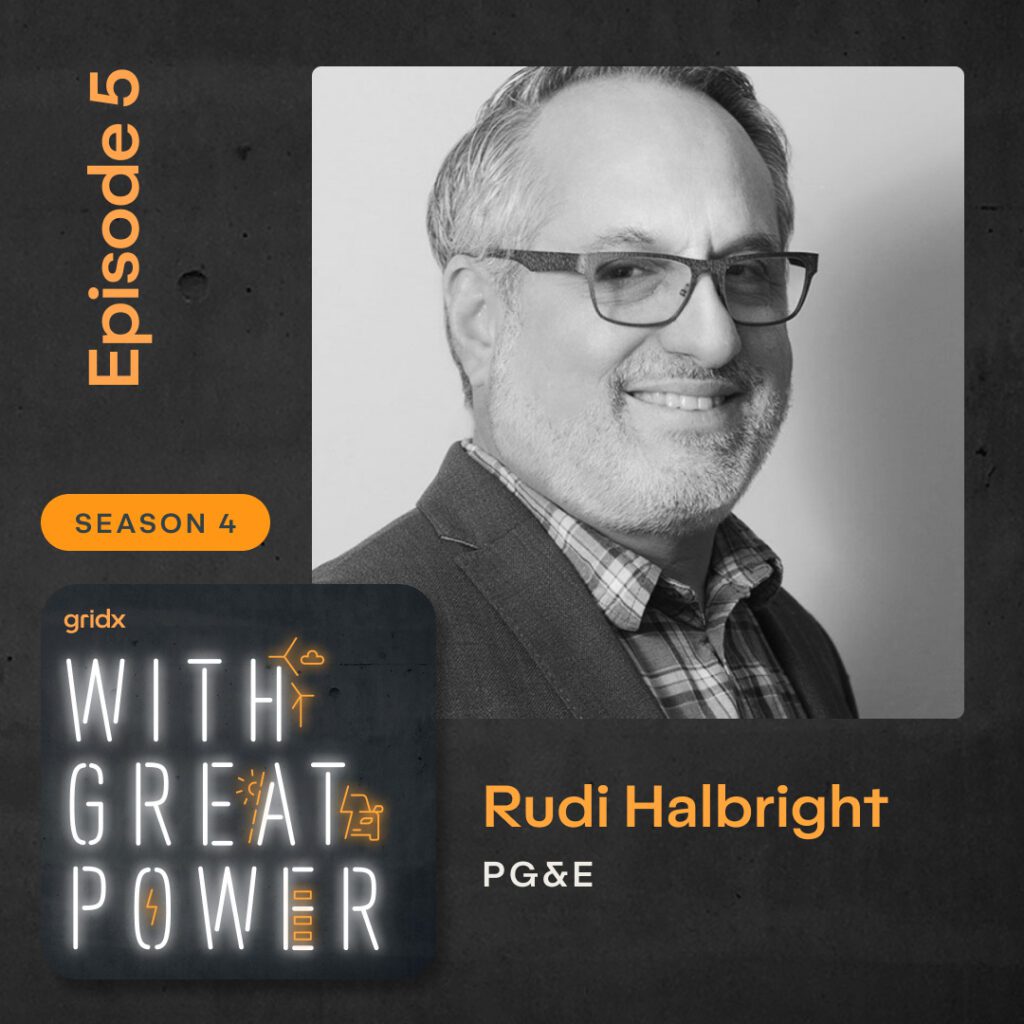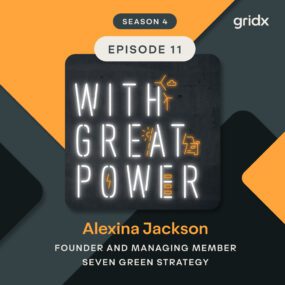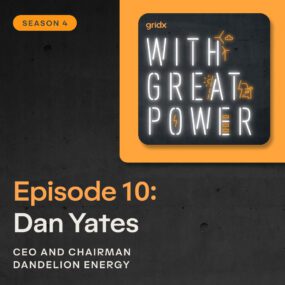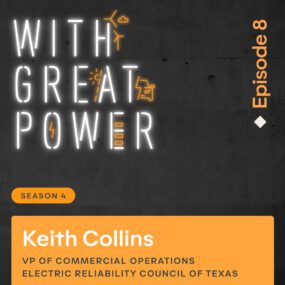
Turning a fleet of school buses into a VPP
By 2030, PG&E hopes to use two-thirds of electric vehicles in California as flexible load through vehicle-to-grid applications.

Podcast
By 2030, PG&E hopes to use two-thirds of electric vehicles in California as flexible load through vehicle-to-grid applications.
With their short, predictable routes and large battery size, electric school buses are well suited for vehicle-to-grid applications, especially since they’re available during periods of high electricity demand.
Last year, bus maker Zum launched a fleet of 74 electric school buses — the country’s largest — for the Oakland Unified School District in California. It worked with Pacific Gas & Electric to build a network of chargers and integrate the buses to the local grid to form a virtual power plant.
This week on With Great Power, Rudi Halbright shares insights gained from launching the V2G program with Zum — as well as lessons he learned on how to deploy vehicle-grid infrastructure.



